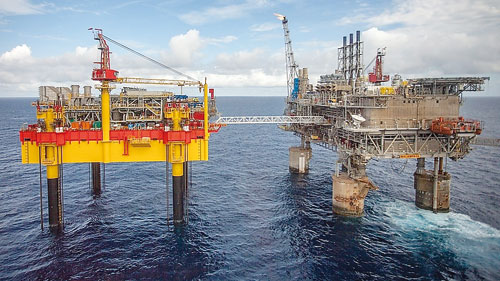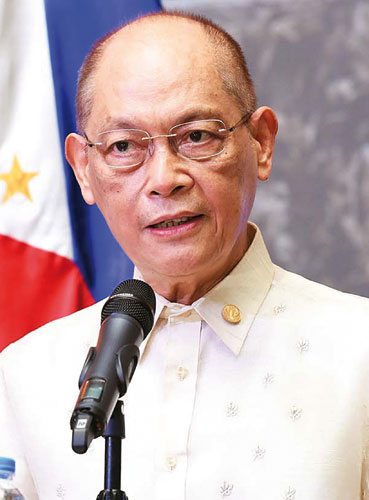The Institute for Energy Economics and Financial Analysis (IEEFA) said the current global energy crisis may hinder the development of planned liquefied natural gas (LNG) projects in the Philippines.
Sam Reynolds, IEEFA energy finance analyst, warned “the window of opportunity for LNG investments is closing quickly.”
“The Philippines aims to import its first ever shipment of LNG this year, as proposals to expand the country’s LNG infrastructure grow at an unprecedented rate. However, the country is entering the global LNG market at a time of extreme uncertainty. Global LNG supply is constrained due partly to the Russian invasion of Ukraine and LNG prices continue to hit record highs,” Reynolds said in a statement.
“Inability to buy LNG at competitive rates could leave new terminals and LNG-fired power plants unused and stranded. Meanwhile, the rapid deployment of low-cost domestic renewables means the window of opportunity for LNG investments is closing quickly,” Reynolds added.
The IEEFA also said following the Russian invasion of Ukraine, Europe announced plans to reduce dependence on Russian gas by buying more LNG, by outbidding other countries for existing supplies.
Reynolds said as of March 2022, the Asian spot price for LNG reached $84.76 per million British thermal unit (MMBtu) with prices widely expected to remain high until at least 2026 when significant new supply capacity comes online.
Asian spot price for LNG in March 2021 was roughly below $10 per MMBtu.
“Some LNG importing countries have been protected by existing long-term purchase contracts, which require sellers to deliver LNG on a predetermined schedule and price formula. But according to the International Energy Agency’s recent gas market update, the Philippines does not have any long-term contracts,” Reynolds said.
He added without access to affordable fuel, LNG-to-power proposals in the Philippines could be delayed, cancelled or stranded.
“Risks surrounding limited global LNG supply and exorbitant costs are expected to persist over the next decade. If passed on to consumers, high imported fuel prices would result in higher power prices for Filipino household and businesses, potentially stunting economic development,” Reynolds said.
As an alternative, the IEEFA said local renewable projects can deliver low-cost power at scale, as observed in the recent Green Energy Auction Program (GEAP) of the government.
The group said if held annually, GEAP could significantly reduce the country’s need for new LNG capacity over the next decade.
Under GEAP, RE developers compete for incentivized fixed power rates by offering their lowest price for a certain capacity.
As of the Department of Energy’s latest count, there are at least five parties developing their own LNG terminals in the country including FGEN LNG Corp.; Linseed Field Power Corp., the local unit of Atlantic, Gulf, and Pacific Co.; Shell Energy Philippines Inc.; Excelerate Energy with Topline Energy and Power Development Corp.; as well as Energy World Gas Operations Philippines Inc.
All planned LNG terminals are located in Batangas except for Energy World’s which is in Quezon Province.
The government is bent on developing LNG terminals in the country before the contract expiry of the Malampaya natural gas resource by 2024 and its expected depletion beyond 2024, as the latter is currently the Philippines’ only source of such fuel.





